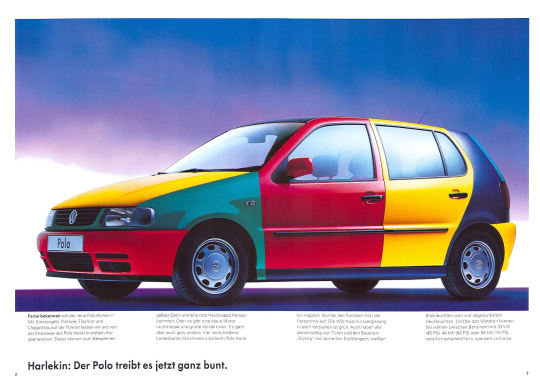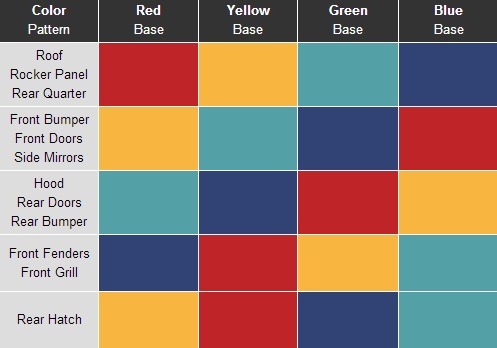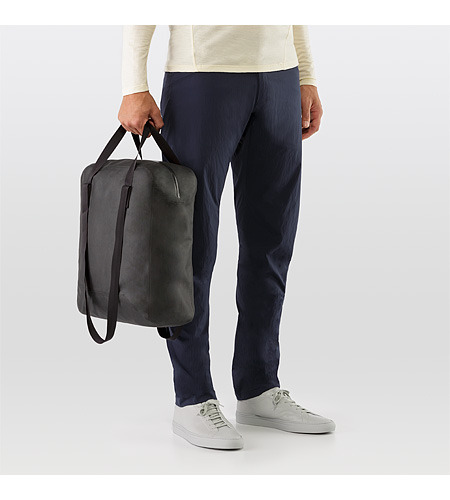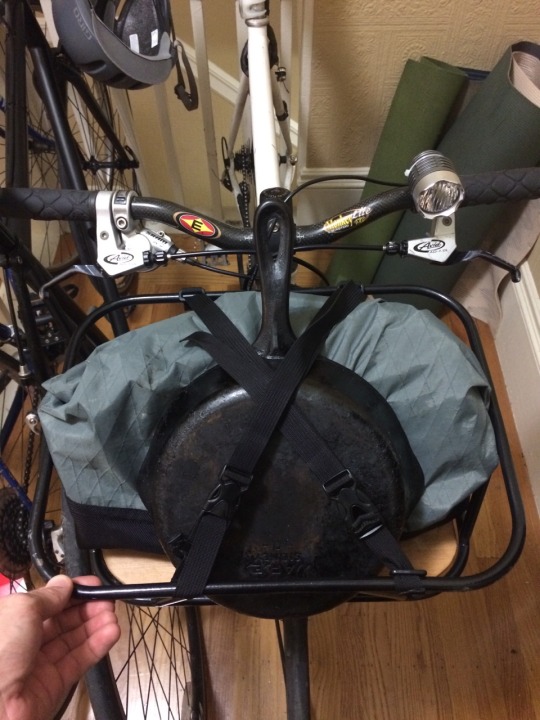Text
Why Kenyan Coffee Tastes Different in the UK and the US -or- How The Government Controls Your Flavor Descriptors
Kenyan coffee is special for many reasons, but one thing in particular stands out. Coffee from Kenya- particularly coffee grown from the SL-28 cultivar- has a especially beautiful flavor almost never tasted in coffees from other countries. It’s a tangy, dark-fruit flavor, mouthwatering and compelling, memorable and unique. It’s a flavor that calls out for specific description, and that description is what this story is about. The story starts, however, with white pine.
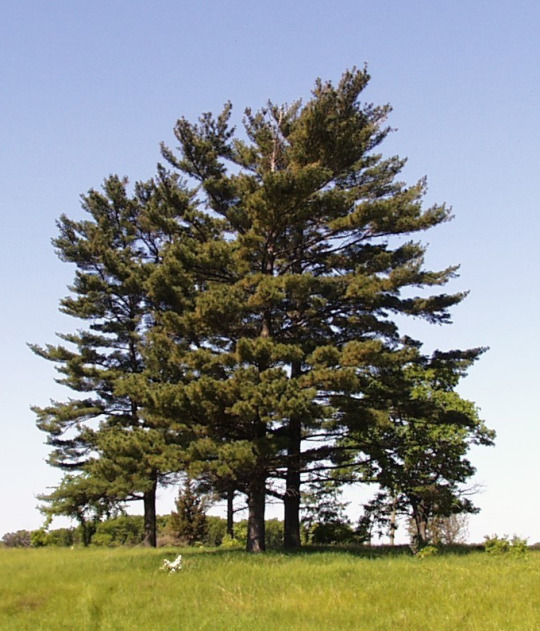
When Europeans first began to colonize what is now America’s northeast, they discovered vast forests of a native white-barked pine tree, known to the Iroquois as the ‘tree of peace’. White pine (Pinus strobus) made wonderful lumber, and was instantly embraced for that purpose. Houses, buildings, ships’ masts, and myriad other things were made of this quintessentially American tree. White pine became an industry in the early American colonies. In the 1600s, seedlings were brought back to Europe, but early plantings were unsuccessful- the young trees were stricken by a disease called blister rust, which damaged or killed the saplings. Later, it was learned that this disease relied on an intermediate host to spread to the pines- and the intermediate host for white pine blister rust was the bush that grows blackcurrants, a popular, tart, dark, European berry. It was a biological oddity; the disease jumps back and forth from blackcurrant bush to white pine, needing both hosts to thrive as a disease. The existence of blister rust in Europe- particularly in England- meant that White Pine would not be cultivated there like it was in the Americas. All this was not a big deal until the early 1900s, when blister rust disease was accidentally introduced from Europe to the Americas. (Coincidentally, coffee was first being planted in Kenya at around this time). Blister rust began affecting young white pines, and caused a panic, since it threatened the important white pine lumber industry. The reaction was to pass the Plant Quarantine Act of 1912 which, among other things, prohibited the farming of blackcurrants, effectively outlawing them in the United States. Over the following decades, blackcurrant bushes were systematically destroyed throughout America, a program which reached its pinnacle in 1933 when the Conservation Corps- a government funded program- destroyed tens of thousands of blackcurrant bushes. The delicious fruit of the blackcurrant was not to be seen or tasted anywhere in the United States after that.
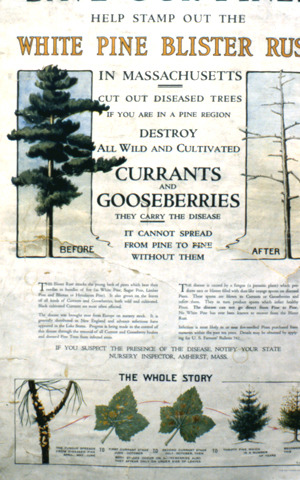
In that same year of 1933, while blackcurrants were being dealt their death knell in the U.S., Dr. Vernon Charley was experimenting in his food lab at Bristol University in England, trying to develop new flavors of milkshakes. England was having a milk surplus, and it was thought that milkshakes would be a good way to increase dairy consumption. Dr. Charley developed a delicious blackcurrant-based flavoring syrup, and further experimentation showed that it was especially rich in vitamin C. Soon, a businessman named Frank Armstrong learned about Charley’s blackcurrant syrup and added it to his fruit syrup business, calling it “Ribena” after the scientific name (Ribes) of the blackcurrant bush. Blackcurrant drinks became common, because the syrup made an excellent drink when mixed with water. Ribena really took off during World War II, when German blockades made citrus fruits impossible to get in England- leading to vitamin C deficiencies among the populace. The government solved the problem by taking over production of blackcurrant syrup, dedicating the entire crop of British blackcurrants to syrup production, and distributing it for free to all households with children younger than two as a vitamin C supplement. This program cemented the popularity of blackcurrant flavor among the English, and today one can get blackcurrant soda, candy, and gum in addition to the ever-popular Ribena.
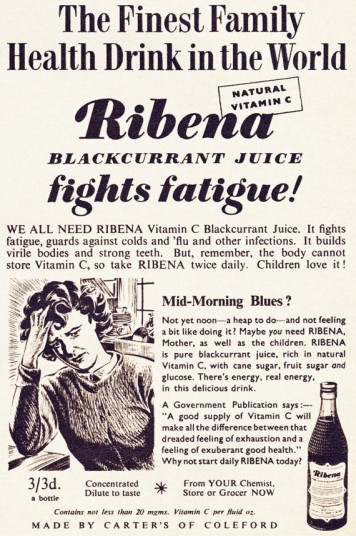
What does this have to do with Kenyan coffee? Well, when the English began to taste coffee from their colony in Kenya, they immediately noted that the best coffees had a particular, unique, dark-fruit and berry taste. They called it “the blackcurrant taste”, after the familiar taste of blackcurrants.The blackcurrant taste became the defining feature of great Kenyan coffees. Americans, however, didn’t- and still don’t- really know what a blackcurrant is: the fruit has essentially been outlawed since 1912. An American who tastes the same coffee, therefore, will usually call the same flavor ‘blackberry’, which is an almost identical taste, let’s be honest. This phenomenon persists even today: check out the same coffee- from the Kiriga Estate in Kenya- being described as ‘blackcurrant’ by a roaster in the UK and ‘blackberry’ by a roaster in the U.S.
This makes sense, of course, since flavor is always described by a coffee taster according to their personal history and taste vocabulary. ‘Blackcurrant’ is a commonplace in England, hardly known in the U.S. ‘Blackberry’ is a much more common flavor in the U.S., so that is what American tasters perceive. It was essentially government action- the outlawing and governmental eradication of blackcurrants in America and the promotion and governmental distribution of blackcurrant syrup in the UK, which causes us to imagine different fruits when we drink the same coffee.
The point of all this is that our perception of coffee and our description of coffee flavors is very dependent on the culture we learn about tasting in. Two tasters, tasting the very same thing, will use different language to describe it. Conversely, our expectations of what we’ll taste are very dependent on what we have tasted before, and if we haven’t eaten much of a food, we’re unlikely to detect a reminder of it in the coffee we drink. All of this makes tasting notes a very important thing indeed, but also very complicated to unpack. I used ‘blackcurrant’ to describe (to a primarily American audience) many of the Kenyan coffees I loved, because after all ‘blackcurrant’ is the classic descriptor. In retrospect, that may have been a mistake: since Americans are much more likely to have eaten blackberries, and therefore are much more likely to detect that fruit when they taste the coffee themselves. Knowing the language of one’s audience is of critical importance when communicating with them, after all.
p.s. Blackcurrants’ forbidden legal status is ending, as activists like gardener Greg Quinn have successfully overturned the 100-year old blackcurrant cultivation ban in many states. I drank the first fresh blackcurrant juice I’ve ever had last year. It was delicious.
p.p.s Speaking of delicious, I had a tremendously blackberry-packed (or blackcurrant-packed, depending) coffee this week from local-to-me Portola Coffee Lab: Kenya Kabingara. They coyly use the term ‘mixed berry’ in the description. Way to go, Portola!
26 notes
·
View notes
Link
This is fascinating
“The term “Daesh” is strategically a better choice because it is still accurate in that it spells out the acronym of the group’s full Arabic name, al-Dawla al-Islamiya fi al-Iraq wa al-Sham. Yet, at the same time, “Daesh” can also be understood as a play on words — and an insult. Depending on how it is conjugated in Arabic, it can mean anything from “to trample down and crush” to “a bigot who imposes his view on others.” Already, the group has reportedly threatened to cut out the tongues of anyone who uses the term.”
0 notes
Photo
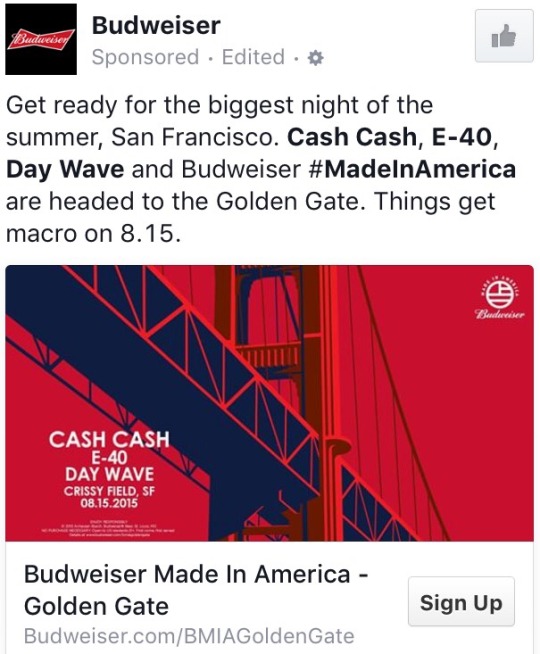
The slogan for the Budweiser Made In America event this year is "things get macro." It's interesting to see them fully embrace their macro-ness. I'm not sure I entirely understand what happens when things get macro but I assume there will be lots of fun had by all people and corporations (people.)
0 notes
Note
What synthetic distributor are you getting materials from?
I haven’t bought stuff in a while but mostly rockywoods, diygearsupply, and cascade craft works.
1 note
·
View note
Video
youtube
koenigsegg's 3d printed stainless steel variable turbo house.
large turbos are great for high rpm boost. small turbos are great for low rpm boost. by 3d printing a large and small housing that circle around each other with an included valve this turbo can bring the benefits of both. the complex shape makes traditional sand casted housing method impossible so it's 3d printed in stainless steel with the valve as well.
0 notes
Photo
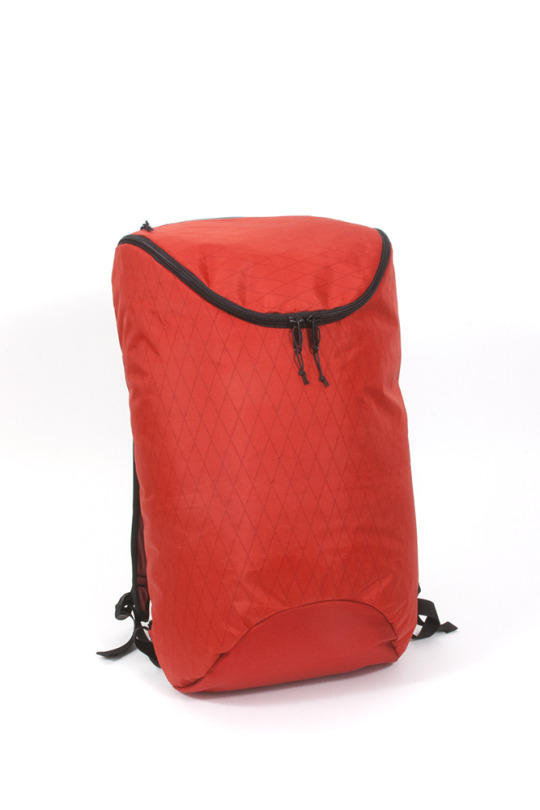

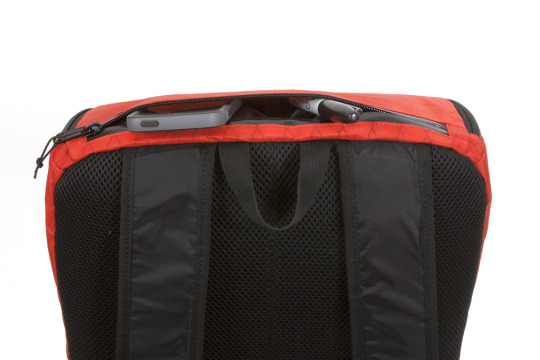
More refinements on the Mirrorpack
These two are for sale for $180 as well as an all black one that's not shown. They include a padded internal laptop sleeve. More pictures here.
5 notes
·
View notes
Video
youtube
Who's excited to check the jellyfish report when they get their first smartwatch!!!!!?????
i hope the future isn't actually this annoying looking.
1 note
·
View note
Photo
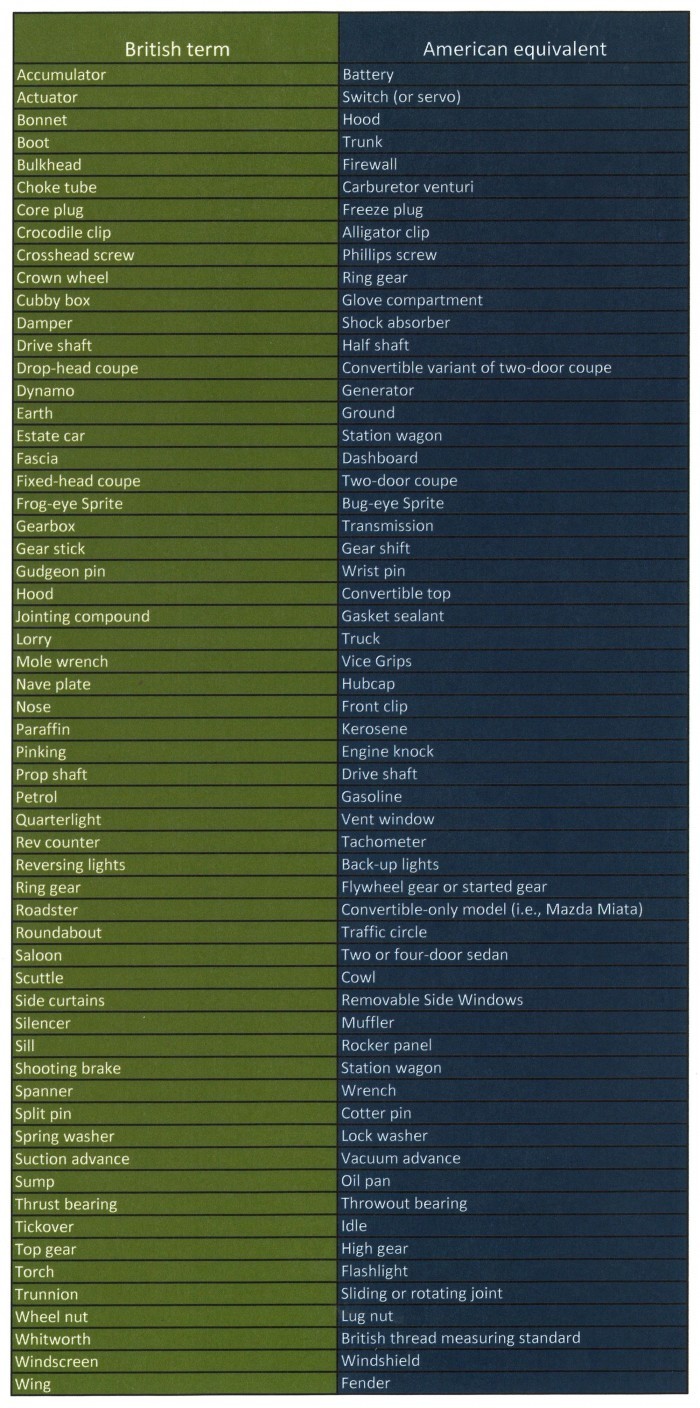
mole wrench = vice grip
nave plate (?!) = hub cap
via hemmings blog
4 notes
·
View notes
Video
youtube
Two engineers use some sort of primitive email/message sending program so they can communicate between the Motorola headquarters in the US and the Cosworth factory in England. It's funny to see how exciting and new this technology is for them.
1 note
·
View note
Photo
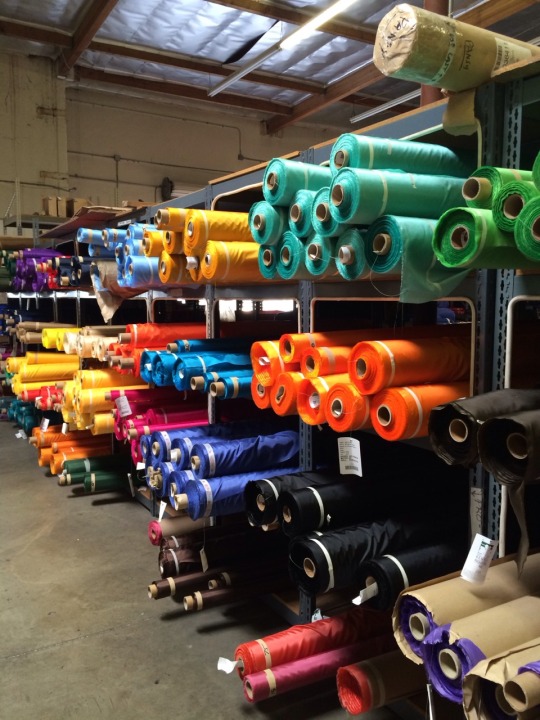

I finally made it to the a synthetic distributor to pick up some fabric for making new tents. $3/yard for 30d silnylon and $2.80/yard for 200d oxford works for me since that stuff is usually 4 times that price from anyone online.
5 notes
·
View notes
Link
Yet another reason to hate keurig, now your morning cup includes physical drm to make sure keurig and Green Mountain can ensure the "high quality" of the coffee that's brewed in their systems.
0 notes

